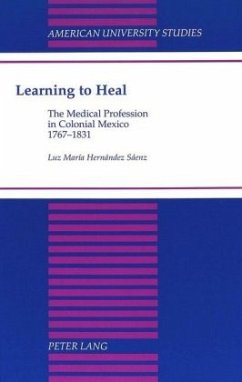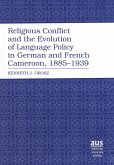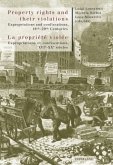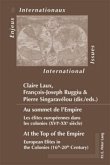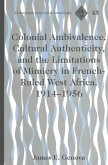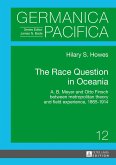The professionalization of medicine in Mexico may be traced back to the eighteenth century when new European ideologies, organization of the Bourbon armies, and changing social values laid its foundations. This work examines the organization of the medical profession, the various branches of medicine, the beginnings of formal surgical education, and the role of women as practitioners. Contemporary treatments are also examined and the quality of medical service compared to that offered in Europe. The analysis of different practitioners and their patients offers a fascinating glimpse of late colonial Mexico while professional rivalry reflects the growing Criollo-peninsular antagonism that would lead to independence.
"Mexico's colonial medical practitioners - physicians, surgeons, pharmacists, phlebotomists (bleeders), midwives, nurses, herbalists, those licensed or otherwise - take on shape and substance in this ground-breaking study. The societal contradictions and clashes shaping colonial Mexico and which led to Independence: between European, royal, formal impositions, and emerging local and regional prehispanic traditions; between race, class, and gender; between the emerging ideas (Enlightenment science) shaping medical knowledge and those being discarded (Hippocratic and Galenic theories); between religious and secular jurisdictions; between the 'peninsulares' and the 'criollos' - they provide the frames of reference Hernández Sáenz uses in presenting professional portraits of the different groups of practitioners. Based on a meticulous and judicious study of primary archival documents, she opens new windows to our understanding of colonial Mexico and its medical practitioners - their origins, training, practice, and resulting medical, economic, and social consequences." (Herman W. Konrad, President, Canadian Association for Mexico Studies)

